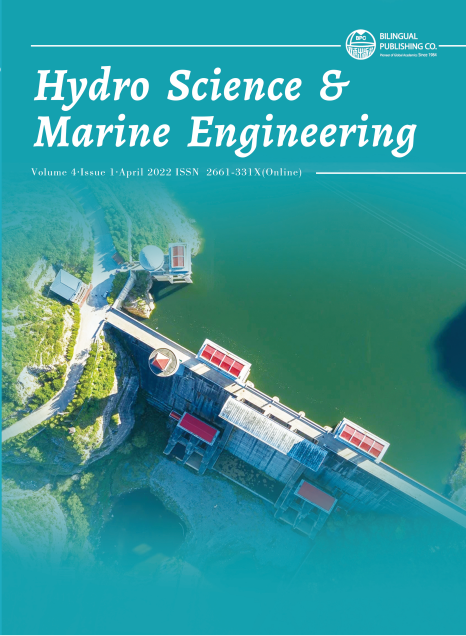Water Quality and Pollution Control: Changes in Water Quality with River Bank Filtration (RBF)
DOI:
https://doi.org/10.30564/hsme.v4i1.4673References
[1] Abdalla, F., Shamrukh, M., 2011. Riverbank Filtration as an Alternative Treatment Technology: Abu Tieg Case Study, Egypt. In C. Ray and M. Shamrukh (eds.), Riverbank Filtration for Water Security in Desert Countries. https://springerlink3.metapress. com/content/1874-6519/. NATO Science for Peace and Security Series C: Environmental Security. pp. 255-268.
[2] Deininger, R., Lee, J., Ancheta, A., et al., 2002. Public Health Aspects of Riverbank Filtration. In C. Ray (eds.). https://www.researchgate.net/publication/267269953_Riverbank_Filtration_Understand
[3] ing_Contaminant_Biogeochemistry_and_Pathogen_ Removal. Riverbank Filtration: Understanding
[4] Contaminant Biogeochemistry and Pathogen Removal. pp. 153-176.
[5] DOI: https://doi.org/10.1007/978-94-010-0479-4_8
[6] Schmidt, C.K., Lange, F.T., Sacher, F., et al., 2003. Assessing the fate of organic micropollutants during riverbank filtration utilizing field studies and laboratory test systems. Geophysical Research Abstracts. 5, 08595.
[7] IARC (International Agency for Research on Cancer), 1991. Monographs on the evaluation of carcinogenic risks to humans. Chlorinated drinking water, Chlorination by-products; Some other halogenated compounds; Cobalt and cobalt compounds. IARC, Lyon, France. (52), 544.
Downloads
Issue
Article Type
License
Copyright and Licensing
The authors shall retain the copyright of their work but allow the Publisher to publish, copy, distribute, and convey the work.
Hydro Science & Marine Engineering publishes accepted manuscripts under Creative Commons Attribution-NonCommercial 4.0 International License (CC BY-NC 4.0). Authors who submit their papers for publication by Hydro Science & Marine Engineering agree to have the CC BY-NC 4.0 license applied to their work, and that anyone is allowed to reuse the article or part of it free of charge for non-commercial use. As long as you follow the license terms and original source is properly cited, anyone may copy, redistribute the material in any medium or format, remix, transform, and build upon the material.
License Policy for Reuse of Third-Party Materials
If a manuscript submitted to the journal contains the materials which are held in copyright by a third-party, authors are responsible for obtaining permissions from the copyright holder to reuse or republish any previously published figures, illustrations, charts, tables, photographs, and text excerpts, etc. When submitting a manuscript, official written proof of permission must be provided and clearly stated in the cover letter.
The editorial office of the journal has the right to reject/retract articles that reuse third-party materials without permission.
Journal Policies on Data Sharing
We encourage authors to share articles published in our journal to other data platforms, but only if it is noted that it has been published in this journal.




 Fathy Ahmed Abdalla
Fathy Ahmed Abdalla

